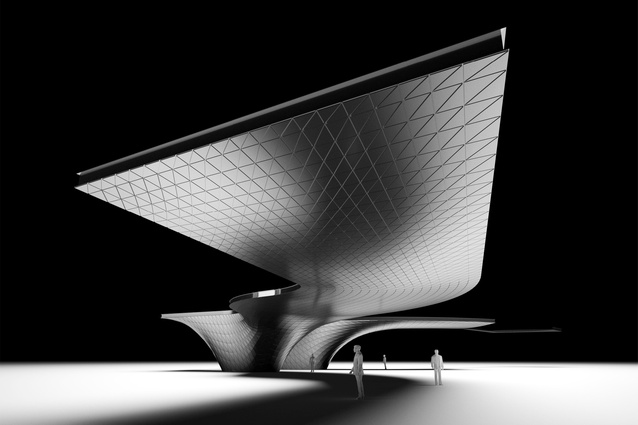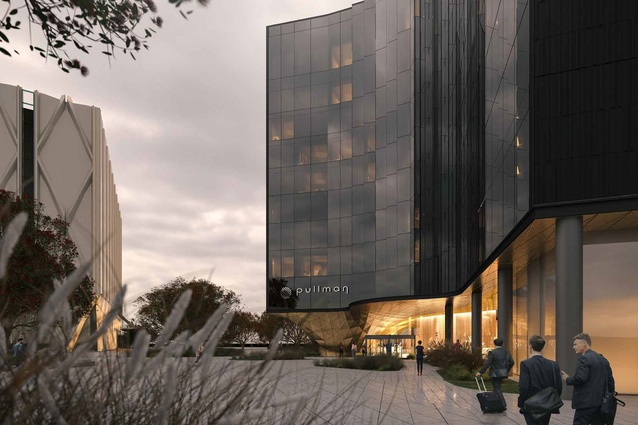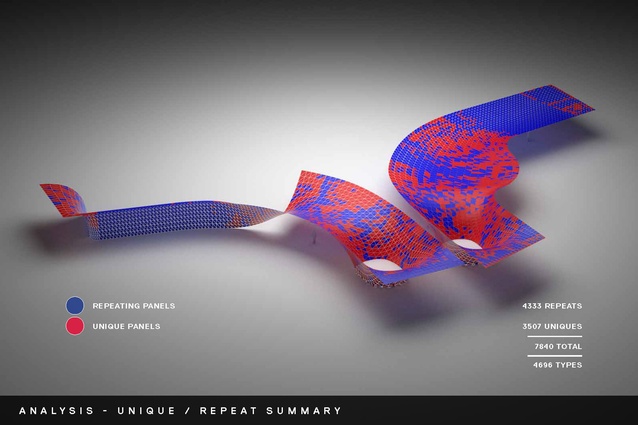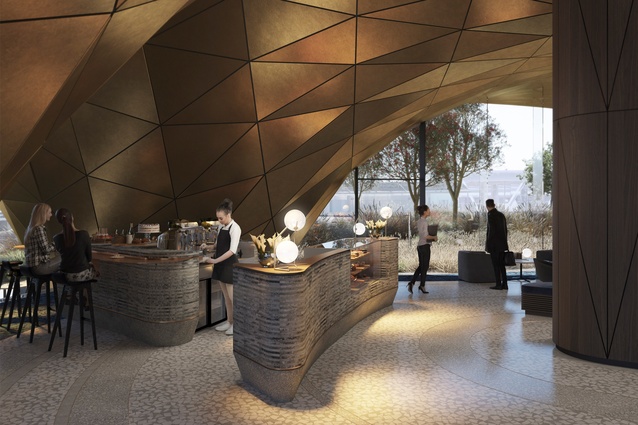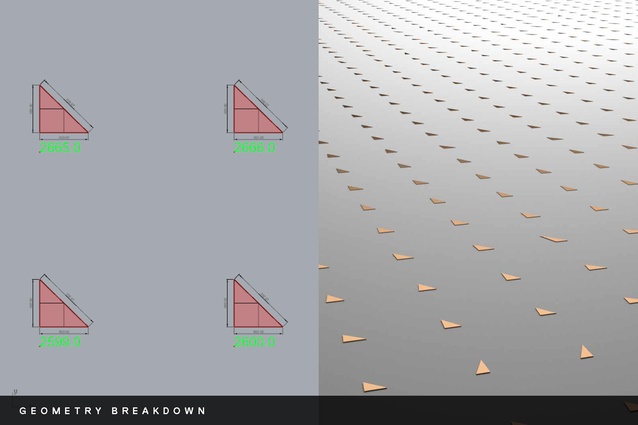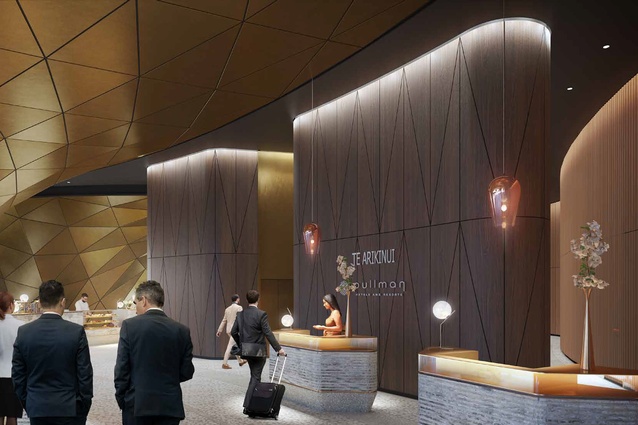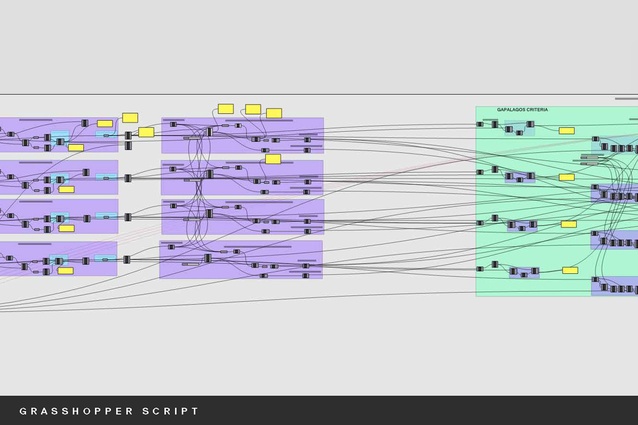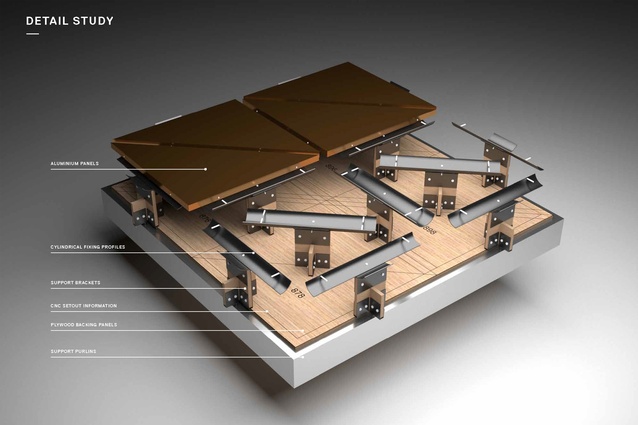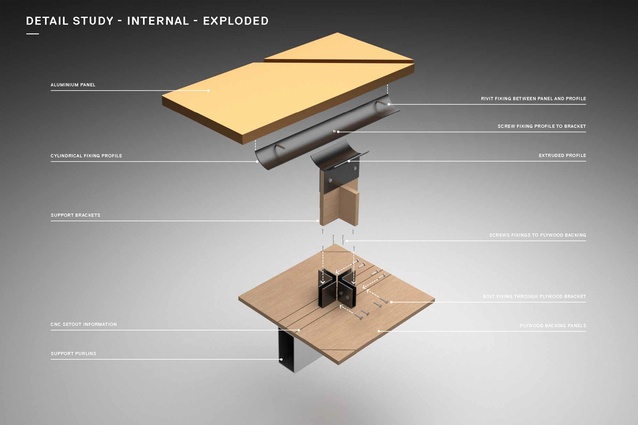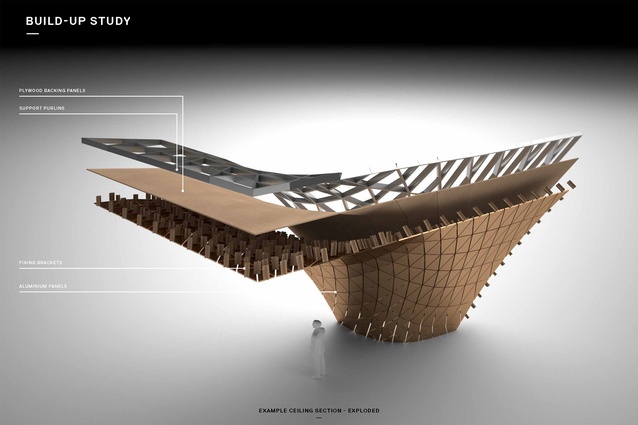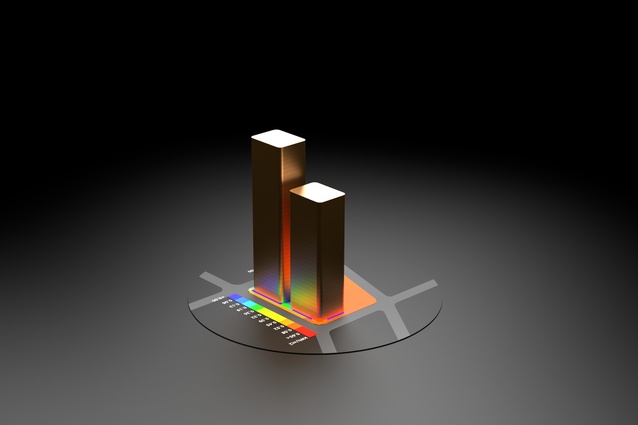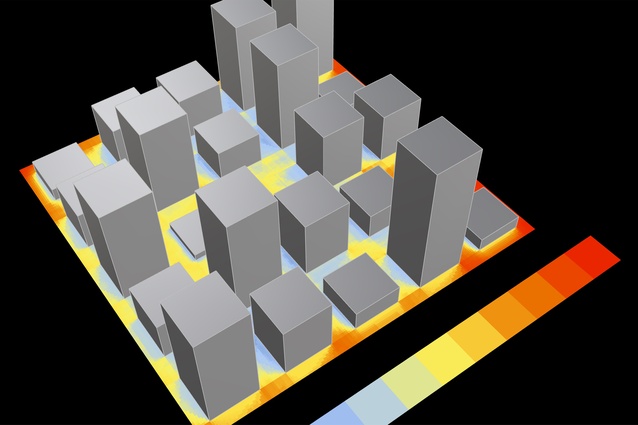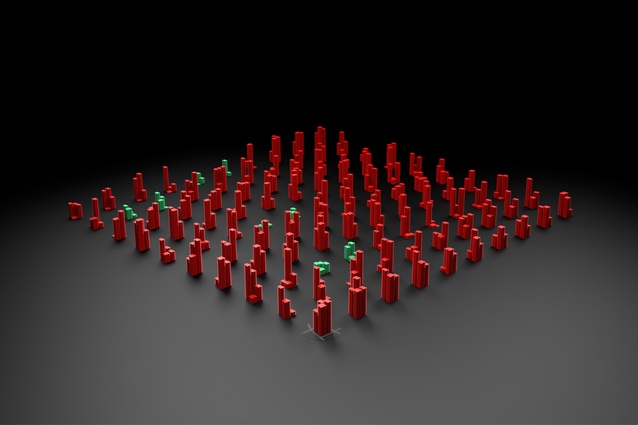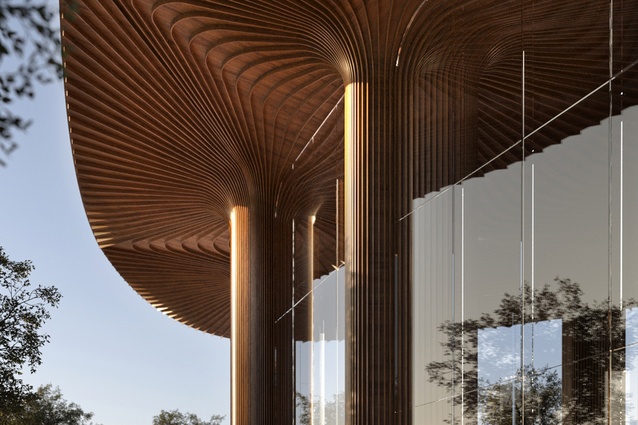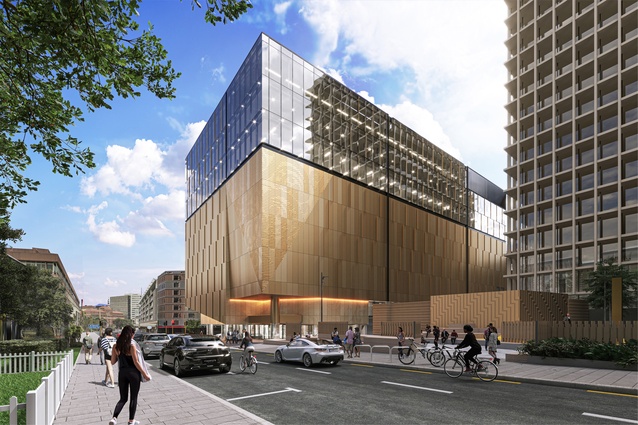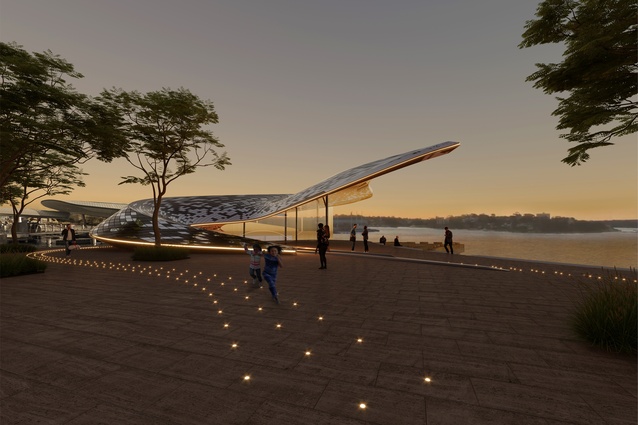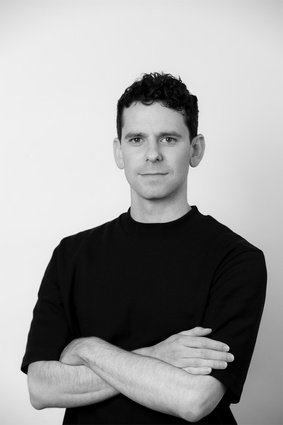Considering our digital design future
Our Future of Design series looks at the effect of new and changing technologies on the architecture, engineering and construction (AEC) industries. In this instalment, Matthew Le Grice, Digital Design Lead at Warren and Mahoney, predicts an exciting future in a sector moving in leaps and bounds.
Working with digital design tools is more or less a necessity today for the modern architect. From older platforms to more advanced 3D modelling and coordination software, most practices rely on some combination of digital design tools for their day-to-day work. We’ve come a long way from when only 30 or 40 years ago, drawing boards were the tried-and-true form of operating. This fairly rapid evolution from manual drafting to digitally-generated architectural drawings and models is indicative of the progress we may see in the coming decades.
As Digital Design Lead at Warren and Mahoney (W+M) my role fits into a wider digital initiative at the practice, where we are tasked with keeping an eye on the latest developments in the digital design world and the new tools and changes we need to prepare for. Inevitably this involves some crystal ball gazing, and even though certain trends will come and go, I believe there is much to be excited about.
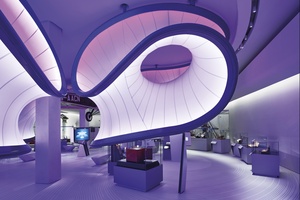
My interest and knowledge in this area have been greatly influenced by my time working at Zaha Hadid Architects in London, as well as studying at the Architectural Association. London has been at the epicentre of speculative and experimental research into digital design processes, and my time there exposed me to platforms like Rhino 3D, Grasshopper, Maya and creative coding. This widened my perspective on what’s possible in architecture, and over the last five years since returning home, I’ve noticed the interest in digital design and its translation into the building industry really start to take hold.
The evolution of our digital design expertise here in New Zealand enables us to begin to mix it with some of the more digitally progressive design firms globally. At W+M, we’ve been utilising some of these more specialised design tools where complex digital design skills are needed.
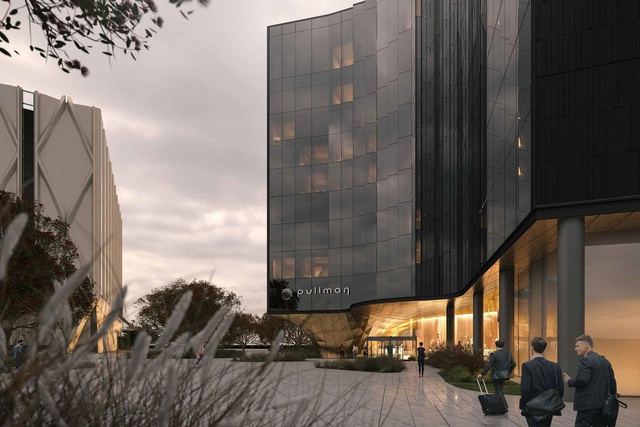
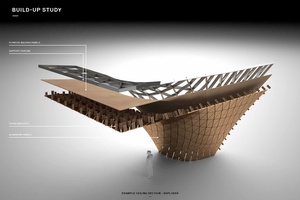
We can expect this area to grow over the next few years. Projects such as the Pullman Auckland Airport Hotel – Te Arikinui, and Heke Rua Archives New Zealand for instance, showcase the benefits of investing in specialised digital skillsets required to run parametric tools like Grasshopper, which allows for additional design opportunities and the generation and refinement of certain geometric elements.
As our industry familiarises itself with these platforms, we are also seeing a shift towards the exploration of generative design tools. Generative design uses genetic algorithms to test a number of design options against a set of goals and slowly optimises the results until it reaches an ‘optimal’ solution. These tools are becoming increasingly useful for tasks like master-planning, programmatic and spatial configurations, and geometry optimisation. It’s easy to see this sort of workflow being used more commonly, whereby generative tools are used to test, iterate and optimise at a speed that manual design trial-and-error can’t. As these tools become more user-friendly and more nuanced, they will in turn become a more readily used and accessible tool.
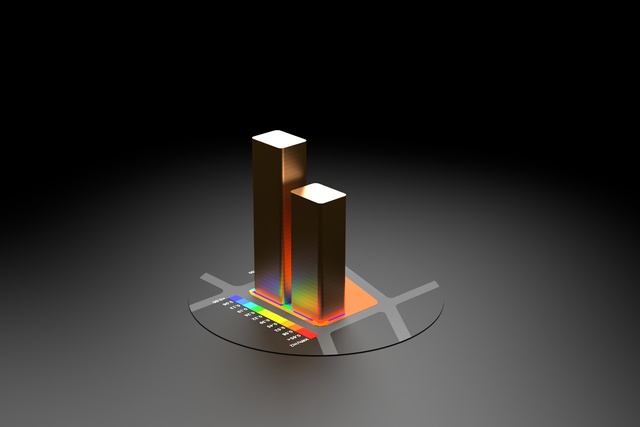
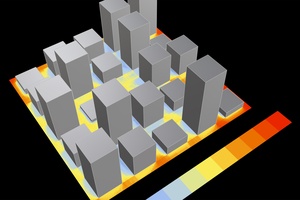
Another area of potentially massive growth in the next few years is Artificial Intelligence (AI). In the last few months, AI has garnered attention online, specifically AI image creation platforms like ‘Midjourney’ or ‘Dall-e 2’. These tools have learnt associations between words and images and can create new original images based on simple text descriptions. While AI has already been widely used in task-focused applications, these are some of the first widespread examples of using it for a creative purpose. Currently, this approach is primarily limited to 2D images, but it isn’t hard to see this evolving towards a 3D equivalent, and we could imagine this becoming a critical tool in the creative process, particularly in the early stages of a project.
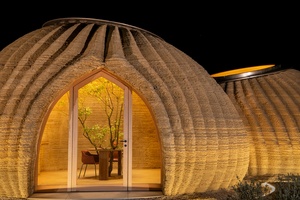
The potential for technology also extends beyond design, right through to the building and fabrication process. 3D printing is being widely explored and there are already examples of experimental houses being built using this technique. The rise of robotic construction also continues to develop; bricks stacked by drones and reinforcing assembled by robotic arms are just a couple of examples of robots supporting the construction process.
Technology is also enhancing the building capabilities of humans on site. One such example is the use of augmented reality (AR) or ‘mixed reality’, as showcased by companies like Fologram. This technology allows for digital models to be mapped onto the physical site and become simultaneously visible to the builders using AR headsets. Builders can see where and how to build against a real-time AR representation of the proposed model, increasing the accuracy of construction and eliminating the constant back and forth between drawings and the real world.
Lastly, as the design and building industry continues to move into the virtual world, the idea of a ‘digital twin’ is becoming more common, whereby real-world structures exist simultaneously in a virtual world setting. Additionally, there is an increasing move towards architecture that exists exclusively in the virtual world. For example, there are design firms that focus exclusively on designing buildings and precincts in the metaverse. Of course, buildings in the real world still hold something unique that the virtual world can’t replicate, however, my guess is that practices will start to be asked to design for clients in both the real and virtual worlds on a more regular basis.
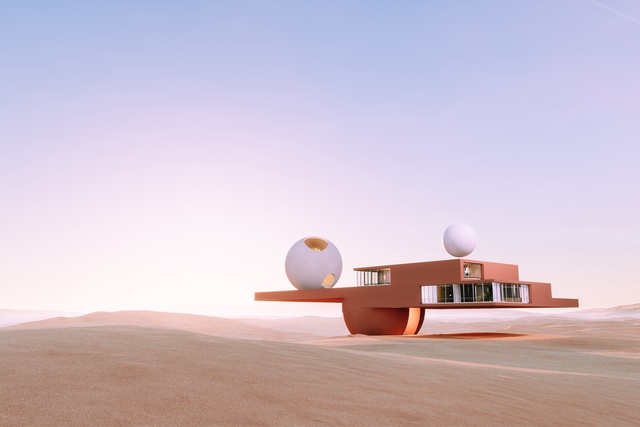
Considering the above, it is exciting to contemplate what the future of architecture and design might hold on a 10-to-30-year horizon. It doesn’t take much of a stretch of the imagination to see that the use of AI could extend into the 3D world as well. AI may be able to reconcile far more complex design problems than what we humans can currently do. AI could produce various design solutions that are more thoroughly investigated and quantified than what humans can do manually.
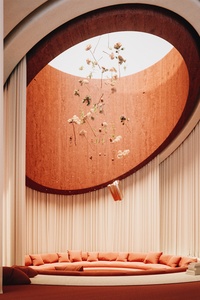
It’s also not beyond the realm of possibility that the metaverse becomes a considerable platform in which we live our lives. Particularly in terms of architecture and design, there is an opportunity for unprecedented creative freedom and investigation in the digital realm that doesn’t compete with the fragile environmental condition of our planet.
In all of the above, the role of the designer will undoubtedly continue to evolve. Whether we’re collaborating with AI, designing purely in a digital space, or designing with the systemic constraints of a natural ecology, I’m hopeful our creative energies and ability will still be essential — albeit applied in a different way.
To stay ahead of the curve, it will remain important to continue thinking about where the industry and technology are heading, along with forecasting what changes we need to be prepared for.
The future of digital design for our industry excites me. The only thing that is certain, is that the future is uncertain, and these digital advancements will inevitably bring about challenges. However, they will also offer us new opportunities and expand the options we can offer our clients — I hope we embrace them with open arms.

